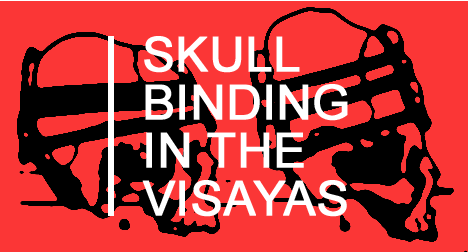I’m sure we have all seen those iconic National Geographic photos featuring different tribes from around the world. Many of those images being of isolated tribes still engaging in unusual practices passed down by their ancestors.
It is common to see pictures of African and Amazonian tribes who still engage in the practice of lip stretching. You can often see photos of the women from the mountainous regions of Burma and Thailand who still engage in the practice of placing brass coils around their necks. This pushes their shoulders and collar bones down to give the appearance of a longer neck.
Then we have the Philippines.
Skull moulding in the Philippines
Before the Spanish occupation of the Philippines, the Visayans (Natives of the Philippines southern region) practised skull moulding to enhance beauty.
This cranial deformation, also known as head flattening or binding was a form of early body modification in the Philippines. This was performed by intentionally distorting the normal growth of a child’s skull by applying pressure to particular areas.
The procedure was only performed on children as their skulls were still soft, the same process performed on adults would only damage the skull.
The early Visayans thought of broad faces, receding foreheads and flat noses as being attractive. So, the head binding was a means of reaching these local standards of beauty.
The Visayan skull moulding was carried out using a tangad. This is a set of thin, comb-like rods bound to the babies forehead. The tangad hinders the forward growth of the babies skull. The skull is, therefore, directed backwards meaning they grew higher at the rear.
As the Spanish influence spread across the country these indigenous concepts of beauty moved aside as locals favoured the European beauty standards which came with the Spanish culture.
Archaeological excavations in the Visayas have helped bring to light the popularity of skull moulding. Burial sites in Cebu, Samar and Bohol amongst others have produced dozens of skulls showing signs of skull moulding.
